Cultural facilities
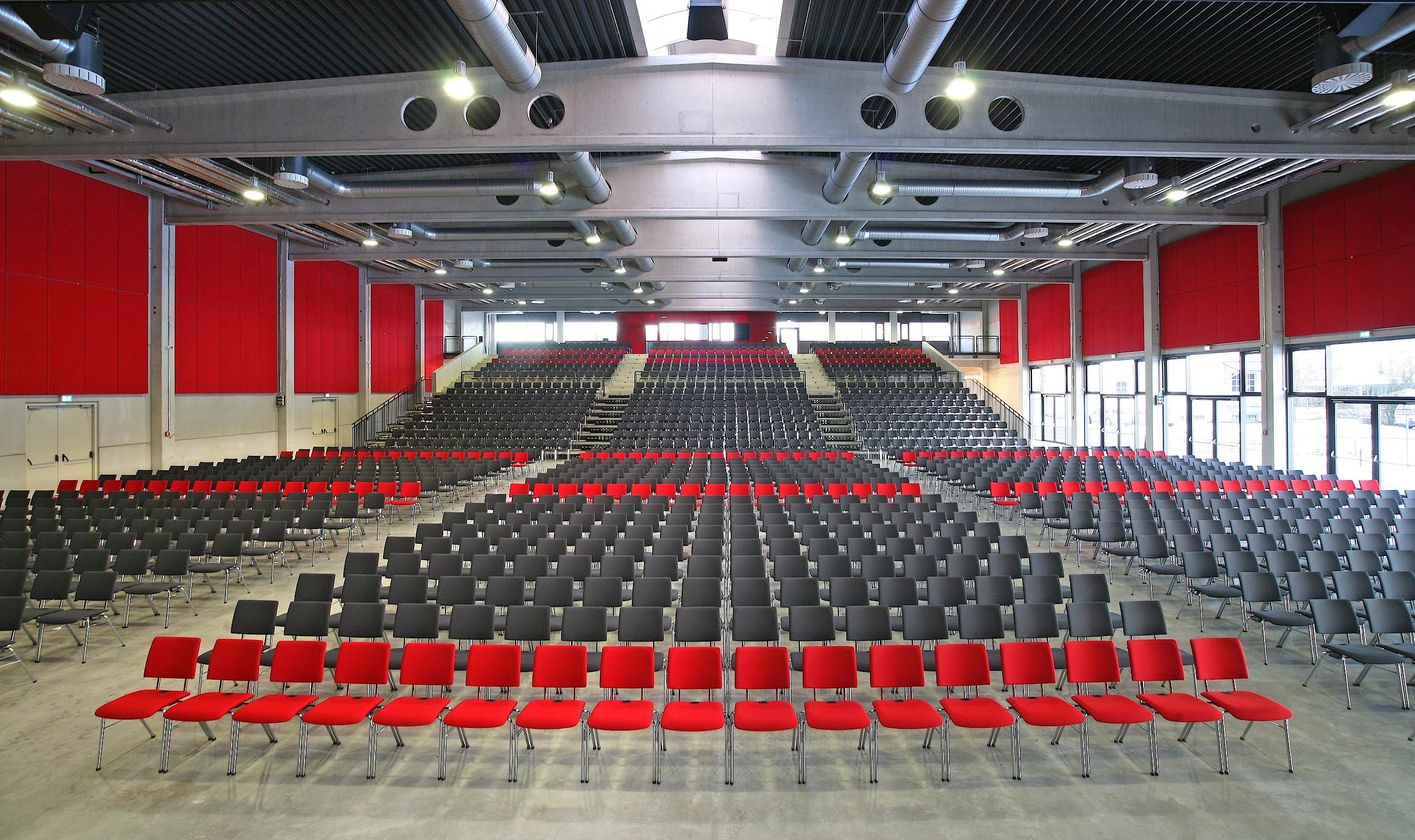
Elbphilharmonie, Hamburg
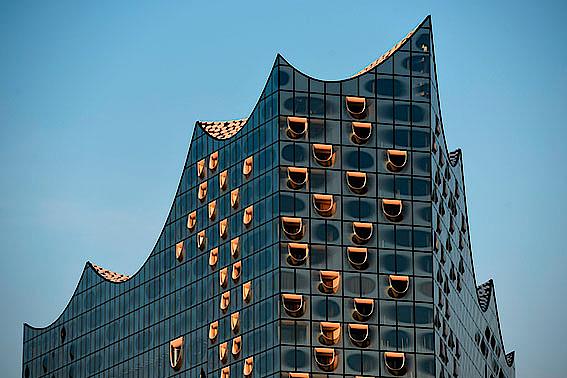
Step inside the Elbphilharmonie concert venue, and it’s impossible not to marvel at the unique charm of this recently constructed Hamburg landmark. Bringing together Kaispeicher A, a warehouse with a red brick facade from 1962, and a glass-encased superstructure with a wave-shaped roof, the building represents a bridge between the past, the present, and the future of Hamburg.
The complex comprises a concert building with three concert halls, a five-star hotel with 244 rooms, and 45 exclusive housing units. At 110 m tall, it is Hamburg’s tallest residential building. The Elbphilharmonie is also a popular attraction for tourists. From the Plaza, a viewing platform on the middle level between the red brick base and the glass superstructure, visitors can enjoy the view of the river Elbe, the harbour, and the city centre.
About a thousand radiators from Kermi are installed throughout the whole building, including therm-x2 steel panel radiators, convectors, and bathroom radiators in the hotel area.
Border railway station, Bayerisch Eisenstein
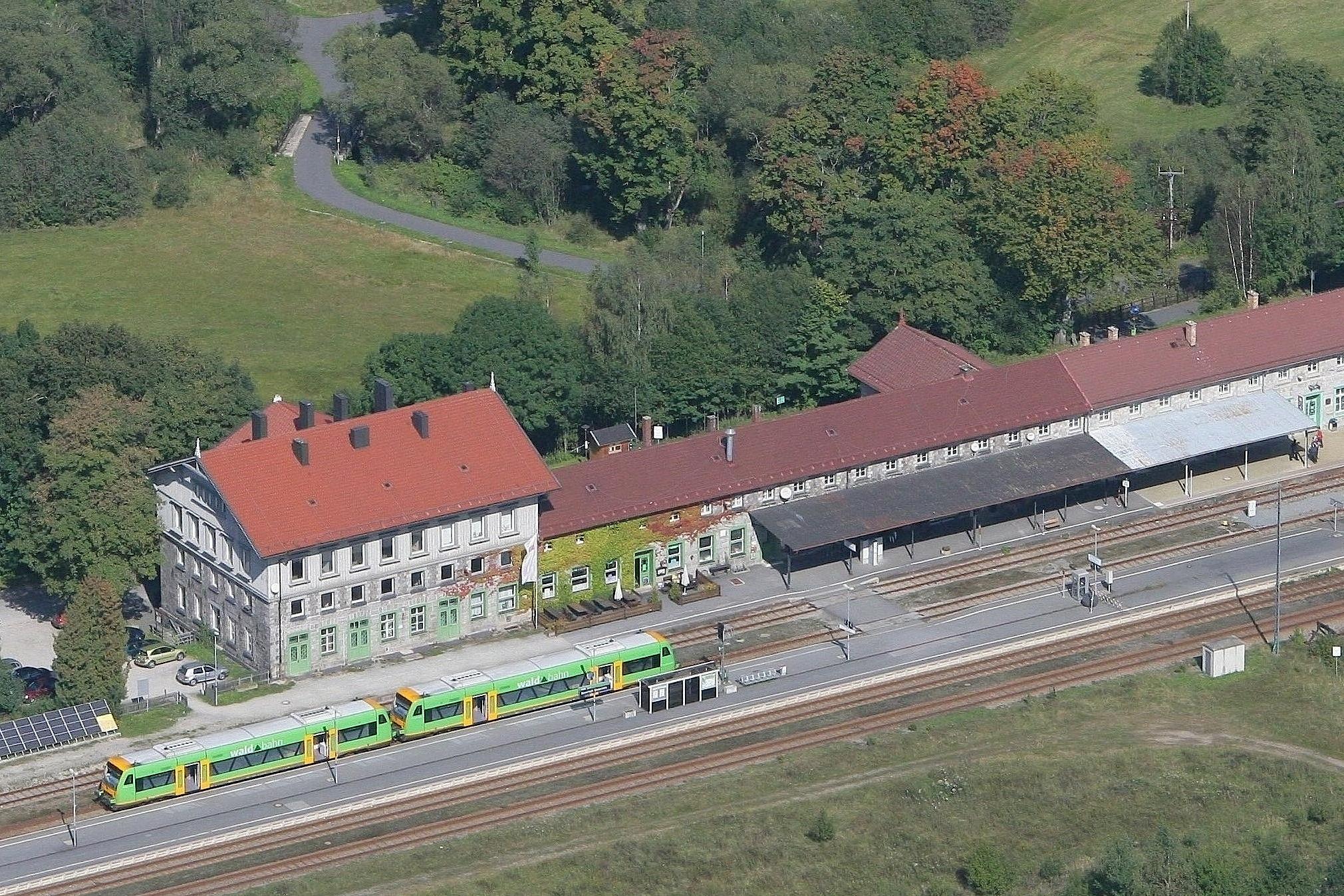
The border station located in the German village of Bayerisch Eisenstein symbolises Europe coming together. During the Cold War, it was the only building through which a national border crossed. After the border reopened, it provided the location for the Bayerischer Wald National Park to establish a centre with information about Bavaria and the area that was once Bohemia. Between 2010 and 2012, refurbishment was conducted on the German side of the historic border railway station (owned by the organisation that operates the national park, Naturpark Bayerischer Wald e.V.).
In addition to the existing information centre, there is now a restaurant, rooms with temporary special exhibitions, an exhibition on Bavaria’s Arber region, a skiing museum, and a permanent exhibition on the subject of trains and mobility. The heart of the station is located in what are known as the building’s catacombs, containing cross vaults and columns that provide ideal conditions for another organisation situated there, the European Bat Centre.
Heating panels and radiators from Kermi create a comfortable atmosphere for visitors and employees.
Benedictine Metten Abbey
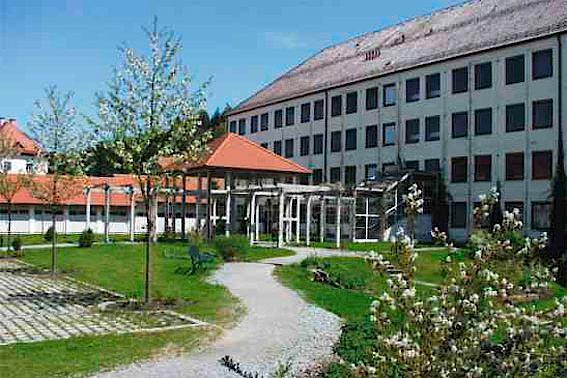
Nestled between the foothills of the Bavarian Forest and the Danube valley is the Benedictine Metten Abbey, founded in 766 AD. Among the highlights are the magnificent library, the impressive collegiate church, and the banqueting hall.
For nearly 200 years now, monks have been teaching Benedictine traditions and values in St Michael’s day and boarding school for secondary pupils, which is connected to the abbey and has a special focus on modern languages.
For the extensive refurbishment work in the monastery and boarding school building, Kermi supplied the abbey with Plan radiators and an x-net underfloor heating system.
Levi-Strauss Museum, Buttenheim
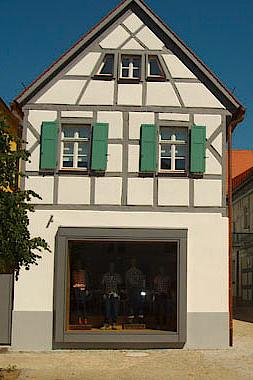
Is there really a museum about Levi Strauss in Germany – the same Levi Strauss who invented jeans? Yep! Wasn’t he American, though? Nope! Levi Strauss was born in Buttenheim in 1829 and emigrated to America at the age of 18.
His life history and everything to do with the cult-status riveted trousers that he invented draw in visitors from all over the world to this small part of the Franconia region. With popularity growing steadily, the decision was made to extend the museum into a neighbouring building, bringing the exhibition space from 136 m² to 500 m².
Under the management of the architect Christoph Gatz, it has even been possible to create an exclusive Levi’s store on the ground floor alongside the museum area.
As part of the work, an x-net C11 knob system from Kermi’s x-net panel heating/cooling range was installed. Over an area of 450 m², the heating system ensures comfortable warmth for visitors and employees at the museum.
Abbey museum, Liesborn
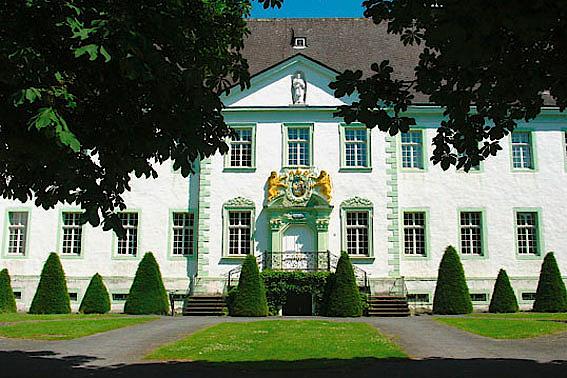
The museum attached to Liesborn Abbey, a former Benedictine monastery in the German district of Warendorf, is located in the baroque residence once occupied by the abbot. The museum’s extensive collection covers many areas of art and cultural history associated with the region. The building’s attic contains its famous crucifix collection, which includes works of art by renowned artists such as Francis Bacon, Joseph Beuys, Marc Chagall, and Salvador Dali.
It includes more than 800 items and boasts an unparalleled size and status. A night storage heater was installed in the attic and southern wing of the abbey in the early 1970s – a sensible and inexpensive choice at the time, but a highly inefficient system nowadays. For this reason, the rooms were insulated in line with today’s standards in 2011, not only preserving the historic structural fabric of the listed building, but also leaving it visible.
The Kermi x-net wall heating ensures an optimum room temperature is maintained for museum employees and visitors.
Stadthalle, Deggendorf
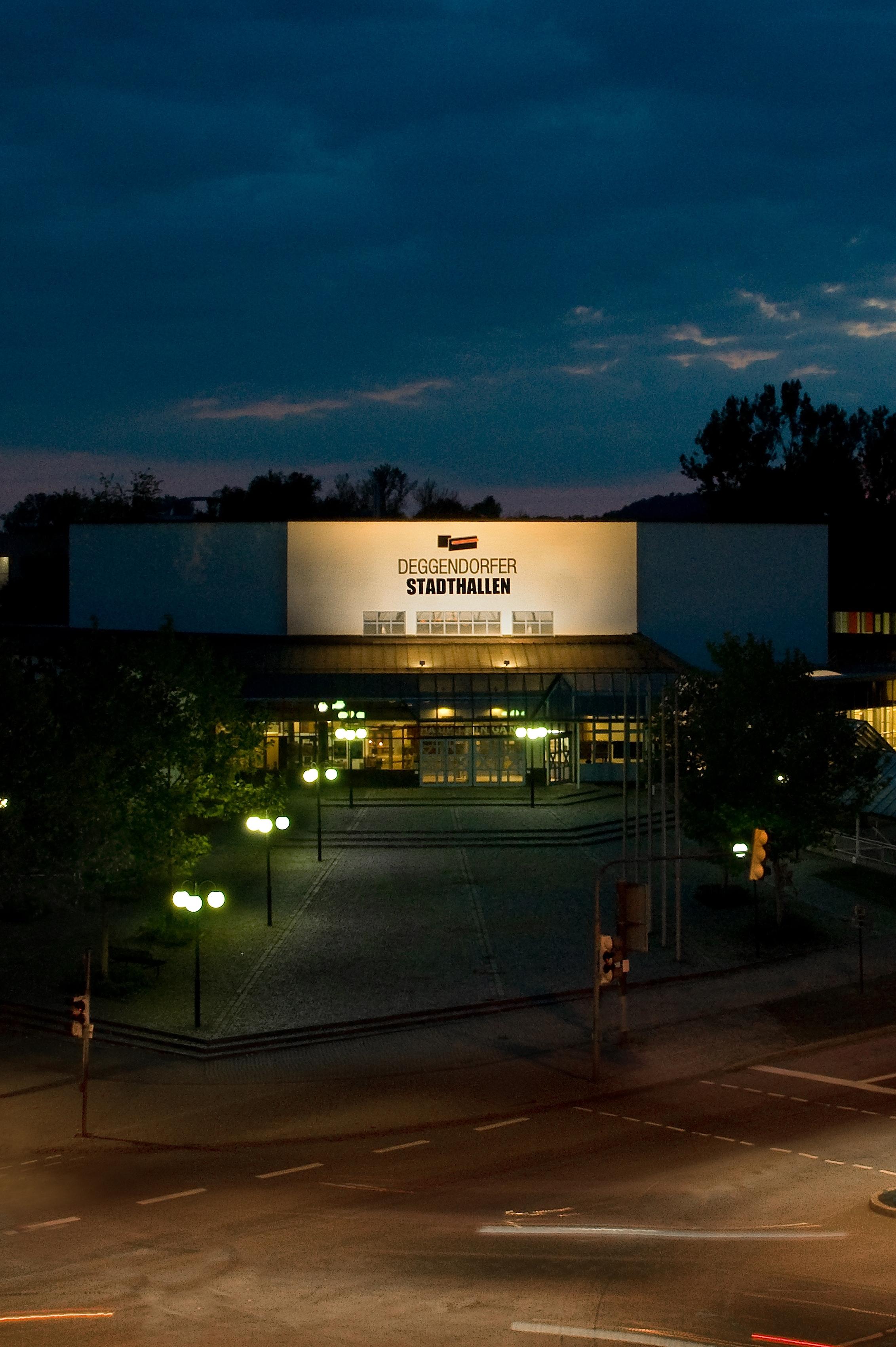
The large district town of Deggendorf, conveniently located on the Danube, is considered to be the gateway to the Bavarian Forest. It boasts a wide range of cultural offerings, and an extension building attached to the Stadthalle events venue, commissioned in January 2009, has opened up entirely new opportunities in this area.
The carefully designed hall concept offer ideal conditions for large-scale events with its approximately 2500 metres of floor space. The building technology was given special priority in the design process: lorries are able to drive into the events hall, while recessable energy points allow flexible use of the entire hall floor.
Optimised thermal comfort and outstanding energy efficiency are guaranteed by the C14 industrial panel heating, made by Kermi, recessed into the hall floors. The characteristic effects of panel temperature control are optimised energy use (particularly in the low temperature range), a long service life, no maintenance requirements, an even temperature profile, and minimum air movement and draughts.
The heat demand can also be precisely controlled in line with what each event involves. Ten heating circuit manifolds made of V2A stainless steel, with up to nine heating circuits and a total pipe length of 7800 metres, maintain ideal temperatures within this modern, forward-looking events centre.